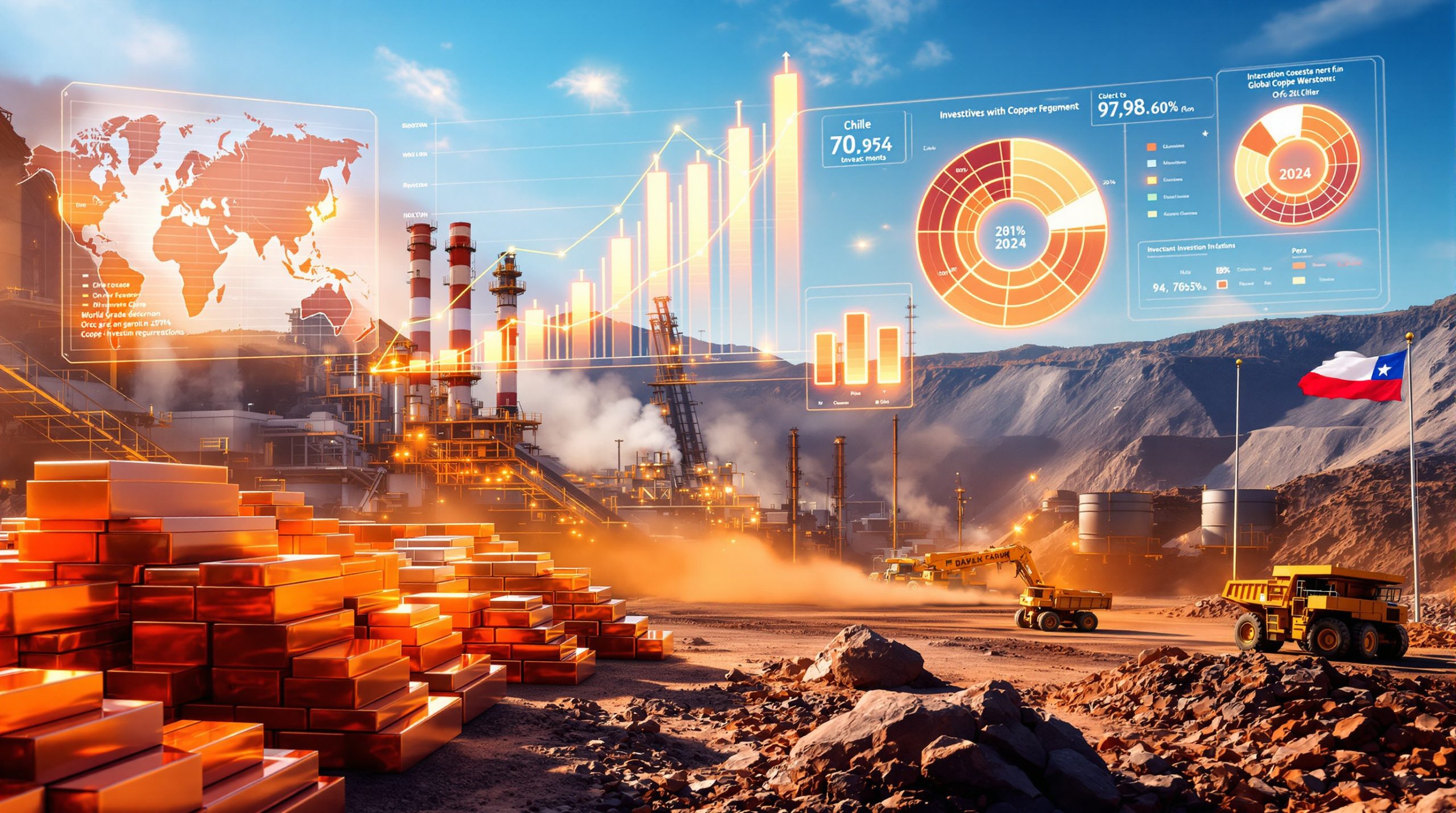What Is Goldman Sachs' Latest Aluminium Price Forecast?
Goldman Sachs has revised its aluminium price forecast for 2025–2027, reflecting weaker global growth expectations and geopolitical shifts under the Trump administration. The bank now anticipates a quarterly low of $2,000 per metric ton in Q3 2025, down from previous estimates, with a gradual recovery to $2,800/ton by 2027. This adjustment follows the implementation of aggressive U.S. tariff policies and downward revisions to demand growth in major economies, particularly China and the U.S. The aluminium market is projected to shift from a 580,000-ton surplus in 2025 to a 722,000-ton deficit by 2027, signaling long-term supply constraints amid evolving trade dynamics.
Key Price Projections for 2025–2027
Goldman Sachs' revised forecast highlights significant downward adjustments across all horizons. The Q3 2025 monthly average low of $2,000/ton represents a 24.5% reduction from earlier projections, driven by oversupply concerns and muted industrial demand. By December 2025, prices are expected to rebound to $2,300/ton, though this remains 13.2% below prior estimates. The 2026 outlook shows similar moderation, with December prices forecast at $2,720/ton (12.3% lower than initial predictions), while the 2027 average of $2,800/ton reflects cautious optimism about demand recovery.
The London Metals Exchange (LME) benchmark price of $2,392/ton as of April 14, 2025, underscores near-term volatility, with markets pricing in both tariff impacts and macroeconomic headwinds. These revisions align with broader commodity trends, where industrial metals face pressure from declining manufacturing activity and inventory build-ups.
Factors Behind the Revised Forecast
The Trump's trade policies impact constitute the primary catalyst for Goldman's adjustments. The 25% tariffs on aluminum, steel, and auto parts—coupled with pending semiconductor tariffs—have disrupted global supply chains and dampened consumption. Concurrently, the bank's economists downgraded 2025 global GDP growth by 0.8 percentage points, citing reduced investment in China's property sector and stagnating U.S. industrial production. These dual forces have created a "demand shock" scenario, necessitating surplus projections despite capacity cuts in high-cost smelting regions.
How Are Tariffs Impacting Aluminium Markets?
Trump's New Tariff Policies
President Trump's second-term trade agenda has prioritized protectionist measures, including a 25% tariff on aluminum imports and reciprocal levies targeting Mexico, Canada, and China. The administration's focus on reshoring critical industries—particularly semiconductors—has introduced sector-specific uncertainties, with aluminum-intensive sectors like automotive manufacturing facing compounded cost pressures. Upcoming semiconductor tariff announcements, expected to exceed 30%, may further distort aluminum demand given its role in electronics packaging and heat dissipation.
Market Response to Tariff Policies
Immediate price reactions to the tariffs have been muted due to existing inventories, but structural shifts are underway. North American buyers are increasingly sourcing from tariff-exempt allies, while Chinese smelters are diverting output to domestic infrastructure projects. This regional decoupling has bifurcated pricing dynamics, with U.S. Midwest premiums rising 18% year-to-date despite LME weakness. Long-term contracts are being renegotiated with flexibility clauses, reflecting expectations of prolonged trade fragmentation.
What Are Goldman Sachs' Supply and Demand Projections?
Supply-Demand Balance Forecast
Goldman's 2025 surplus projection of 580,000 tons marks a stark reversal from its earlier 76,000-ton deficit estimate. This surplus stems from delayed smelter restarts in Europe and incremental capacity additions in Indonesia's new industrial parks. By 2027, however, sustained demand growth (2.8% YoY) and energy transition-driven consumption—particularly in solar panel framing and EV components—are expected to erase surpluses, creating a 722,000-ton deficit.
Revised Demand Growth Projections
The bank slashed 2025 demand growth to 1.1% (from 2.6%), with 2026 growth trimmed to 2.3%. Regionally, China's resource dynamics offsets modest recoveries in Europe (+1.2%) and North America (+1.8%). The transportation sector remains the largest demand driver at 28% of global consumption, but growth has stalled as automakers prioritize steel-to-aluminum substitution pauses amid tariff uncertainties.
Why Is Aluminium Important to Global Industries?
Critical Applications Across Sectors
Aluminium's unique properties—67% lower density than steel, 95% reflectivity, and infinite recyclability—make it indispensable for lightweighting in aerospace (20% of airframe weight) and energy-efficient building envelopes (40% of global construction usage). In packaging, aluminium's barrier properties prevent oxidation in 75% of pharmaceutical blister packs, while its conductivity enables heat dissipation in 90% of high-performance computing systems.
Industry Vulnerability to Price Fluctuations
A $100/ton price increase adds $2.4 billion to global automotive manufacturing costs, potentially raising EV prices by 0.8%. Consumer goods sectors face similar pressures, with beverage can producers reporting 15% margin compression at current prices. Strategic stockpiling has increased 22% year-to-date among U.S. defense contractors, reflecting concerns over tariff-driven supply disruptions.
FAQ About Aluminium Market Trends
What Is Causing the Aluminium Market Surplus in 2025?
The 580,000-ton surplus stems from collapsing demand growth (1.1% vs. 2.6% prior) in China's construction sector (-8% YoY) and U.S. durable goods slowdown (-3% MoM). Concurrently, La Niña-driven hydropower recovery in Yunnan has enabled 450,000 tons of Chinese smelter restarts, exacerbating oversupply.
When Does Goldman Sachs Expect Aluminium Prices to Recover?
A two-stage recovery is anticipated: initial stabilization at $2,300/ton by December 2025 as tariff impacts normalize, followed by sustained gains to $2,720/ton in 2026 as deficits emerge. The 2027 average of $2,800/ton assumes full demand recovery in renewable energy sectors (+45% solar-related consumption).
How Might New Tariffs Affect Aluminum-Dependent Industries?
Tariffs could raise U.S. automotive BOM costs by $180/vehicle, potentially delaying EV adoption timelines by 12–18 months. Aerospace may face $4.2 billion in additional costs through 2027, with Boeing and Airbus accelerating composite material R&D to offset aluminium reliance.
Long-Term Aluminium Market Outlook (2026–2027)
Price Recovery Trajectory
Post-2025 prices will hinge on inventory drawdowns, with LME stocks currently at 1.2 million tons (4.1 weeks of consumption). Goldman models a 3.2% annualized decline in visible inventories through 2027, supporting a 6–8% annual price appreciation. Structural deficits will emerge as green demand outpaces supply growth, particularly in decarbonization technologies requiring high-purity aluminium.
Structural Market Changes
Reshoring initiatives could add 1.5 million tons of U.S. primary capacity by 2030, reducing import reliance from 64% to 38%. Simultaneously, Southeast Asia's share of global exports may rise to 22% (from 9%) as Chinese producers relocate to avoid tariffs. These shifts will reconfigure trade flows, with Atlantic Basin premiums converging with Asian markers as regional markets fragment. Understanding these complex global commodities insights is essential for investors considering mining stocks guide or conducting thorough market dynamics analysis.
Interested in Staying Ahead of Major Mineral Discoveries?
Discover why significant mineral discoveries can lead to exceptional market returns by exploring Discovery Alert's dedicated discoveries page, where our proprietary Discovery IQ model provides real-time alerts on ASX announcements with high-potential investment opportunities. Start your 30-day free trial today at Discovery Alert to gain a market-leading advantage in your investment decisions.




